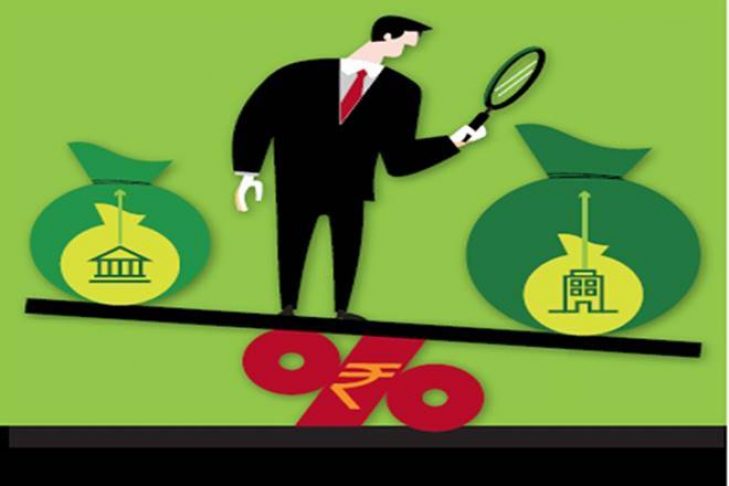After earning every person, he wants to save some money. And if the savings are fine, then invest a part of the savings after spending so that some income is also received. In view of this, most people prefer a fixed Deposit. FD people also like it because it is considered risk free. At present, post Office time deposits besides bank fixed deposits are also a good option for investment. We are giving you investment information about both of them in this article.
Bank Fixed Deposit: Bank FD can be opened in any bank. Most banks also have the option of an online FD account. FD in the bank ranges from 7 days to a maximum of 10 years. Before opening the online FD, take information about the minimum and maximum amount, documents, etc. from the banker. The bank’s FD resorts can be taken from their website. The interest rate on the FD of different banks varies.
Post Office Time Deposit: Time deposit account can be opened in the post office at least Rs. 1000. There is no limit to deposit the maximum amount. The post office has a choice of 1 year, 2 years, 3 years, and 5 years. Now you have to decide how many tenures you want to choose.
From a security point of view, the security of your deposit in the Post Office deposit is the maximum as it gives a sarkar guarantee. It has both single and joint account facilities. If the age is more than 10 years old, the account is also opened in the name of a minor, and the guardian has to be looked after until he is an adult. The scheme is eligible for investment tax benefit for 5 years, and exemption can be availed under section 80C of Income Tax Act 1961. In terms of returns and taxation, both are equal, the difference is that the bank fixed deposit is safe for a time. The entire money in the post office is safe. It would be right to invest in the post office in terms of investment.
Read also: In Case of any emergency try these loan options with a cheaper interest rate
Keep these tips in mind before making an investment in Gold
Applying for Personal Loan? Tips to get an advantage of the low-Interest rate
Image credit: financialexpress


